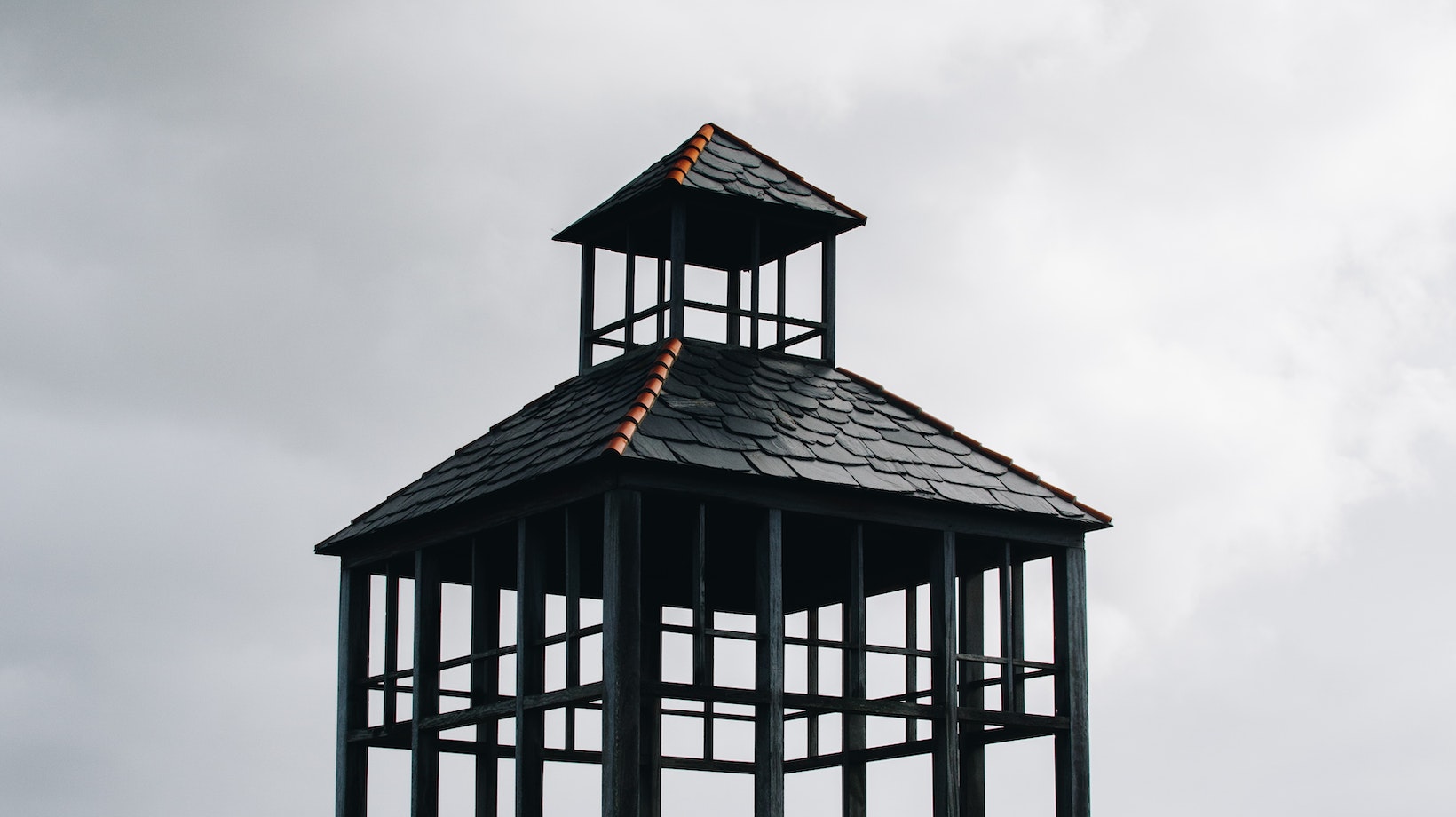Custom Gazebo
Once you’ve assessed the location and size requirements, it’s time to evaluate various material options available for your custom gazebo. Here are some popular choices along with their characteristics:
- Wood: Wood is a classic choice that offers natural beauty and warmth. Cedar, redwood, and pressure-treated pine are commonly used due to their resistance against decay and insects. However, wood requires regular maintenance like staining or sealing to preserve its appearance.
- Vinyl/PVC: Vinyl gazebos provide low maintenance solutions as they are resistant to rotting, warping, cracking, fading, and insect damage. They offer durability without requiring extensive upkeep.
- Metal: Metal gazebos, such as those made from aluminum or steel, offer strength and longevity. They are resistant to rot, pests, and fire. However, metal structures may require periodic maintenance to prevent rusting.
- Composite: Composite materials combine wood fibers with synthetic components, offering the look of wood with enhanced durability and low maintenance requirements. They resist fading, warping, and insect damage.

Assessing Durability And Maintenance Needs
While aesthetics play a significant role in material selection for your custom gazebo, it’s essential to consider the long-term durability and maintenance needs of each option:
- Durability: Evaluate how well each material holds up against the elements over time. Consider factors like resistance to moisture, UV rays, insects, and potential for structural integrity.
- Maintenance: Determine how much effort you’re willing to put into maintaining your gazebo’s appearance. Some materials may require regular cleaning or treatments to preserve their condition.
By carefully considering the location and size requirements of your custom gazebo along with evaluating different material options based on durability and maintenance needs, you’ll be able to make an informed decision that aligns with your preferences and budget.
Remember that each material has its own pros and cons, so take the time to research and consult with professionals before making a final choice for your custom gazebo project.
Understanding The Permitting Process For Building A Custom Gazebo
When it comes to building a custom gazebo, understanding the permitting process is crucial. Obtaining the necessary permits ensures that your project complies with local regulations and safety standards. In this section, I’ll walk you through the steps involved in obtaining permits for your custom gazebo construction.
- Research local building codes: Before embarking on any construction project, it’s important to familiarize yourself with the building codes and regulations specific to your area. These codes outline requirements for setbacks, height restrictions, materials used, and other factors that may impact your gazebo design.
- Determine if a permit is required: Depending on where you live, you may need to obtain a permit before constructing your custom gazebo. Check with your local building department or planning commission to determine whether a permit is necessary for your project.
- Gather necessary documentation: To apply for a permit, you will likely need to provide certain documents such as detailed plans of your gazebo design, including dimensions and structural details. It’s also important to have proof of property ownership or written permission from the property owner if applicable.
- Submitting the application: Once you have gathered all the required documentation, it’s time to submit your permit application. This can typically be done either online or in person at the appropriate government office. Be prepared to pay any associated fees when submitting your application.
- Waiting for approval: After submitting your application, it will undergo evaluation by the relevant authorities responsible for issuing permits. The timeline for approval can vary depending on workload and complexity of the project. It’s important to be patient during this stage and avoid starting construction until you receive official approval.
- Inspections: Once your permit is approved and issued, inspections may be required at various stages of construction to ensure compliance with building codes and safety standards. Common inspection points include foundation work, framing, electrical, and final inspection before obtaining a certificate of occupancy.
By following these steps and adhering to the permitting process, you can ensure that your custom gazebo is built in compliance with local regulations. Remember, each jurisdiction may have its own specific requirements, so it’s essential to consult with local authorities for accurate information regarding permits and construction guidelines.






